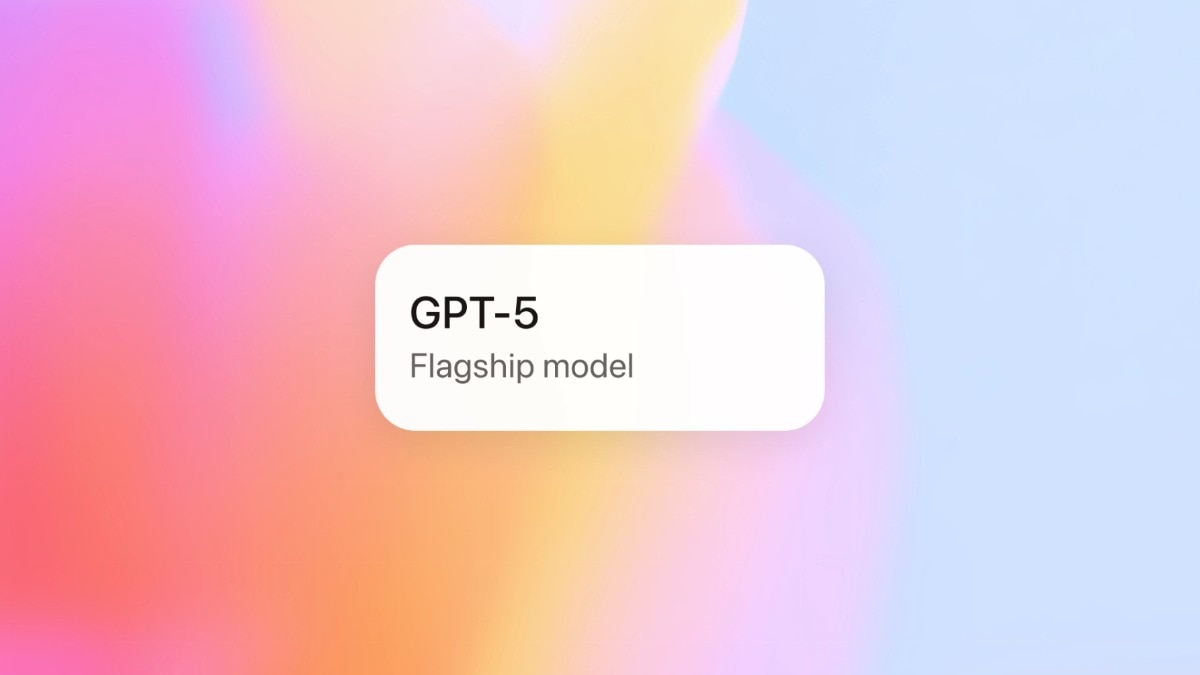“`html
Highlights
OpenAI Announces GPT-5: A New Era in AI Technology
OpenAI has officially launched GPT-5, the latest enhancement of its large language model that powers ChatGPT, making it available to all 700 million users of the chatbot. This iteration is being presented as the most advanced version yet, emphasising business utilities while also enhancing user experience.
The launch occurs amidst a significant surge in investments within the AI industry. Major players such as Alphabet, Meta, Amazon, and Microsoft, a supporter of OpenAI, are anticipated to invest nearly $400 billion this fiscal year aimed at expanding AI data centres and supporting infrastructure.
Reportedly, OpenAI is in preliminary discussions about allowing employees to sell shares based on a valuation of $500 billion, an increase from the current $300 billion. In this competitive landscape, leading AI researchers are attracting signing bonuses that could reach up to $100 million.
Features of GPT-5
OpenAI is emphasising GPT-5’s capabilities in areas such as software development, health inquiries, finance, and intricate problem-solving. OpenAI CEO Sam Altman stated that “GPT-5 truly embodies the first instance where one of our primary models can be consulted like a legitimate expert, comparable to a PhD-level specialist.” He further highlighted its innovative feature of providing instant software solutions, suggesting that software on demand may become a hallmark of the GPT-5 era.
Demonstration Highlights
During a presentation on Thursday, OpenAI introduced the concept of “vibe coding,” showcasing how GPT-5 can generate functional software based solely on natural language prompts. Initial reviewers have noted considerable advancements in coding, science, and mathematics, though some mentioned that the jump from GPT-4 to GPT-5 appears less pronounced compared to previous upgrades.
Limitations of GPT-5
Despite its advancements, GPT-5 is not positioned to entirely replace human roles. Altman acknowledged its current inability to adapt and learn independently. Dwarkesh Patel, on his AI podcast, likened the existing methodology to teaching a child an instrument through written instructions from earlier learners without the benefit of iterative practice.
Challenges Ahead for OpenAI
Three years post the launch of ChatGPT, which marked a pivotal moment for generative AI, OpenAI faces the task of implementing further enhancements. Restrictions on data access and the intricacies of large-scale training have hindered development. GPT-5 introduces a method known as “test-time compute,” allowing the model to allocate additional processing power to tackle intricate queries, a feature now accessible to the wider public for the first time.
“We need to develop significantly more infrastructure globally to ensure AI accessibility in various markets,” Altman stated, indicating that the scale of necessary investment remains substantial.
“`

Leave a Reply